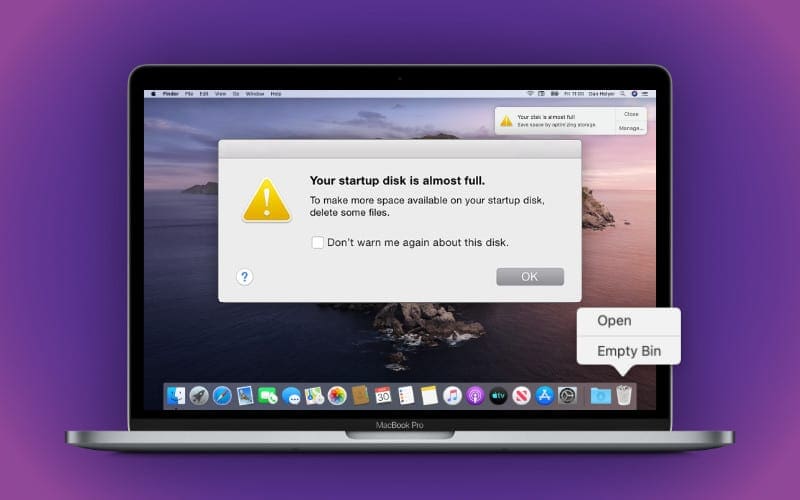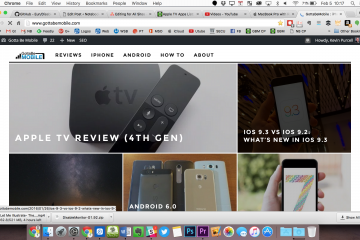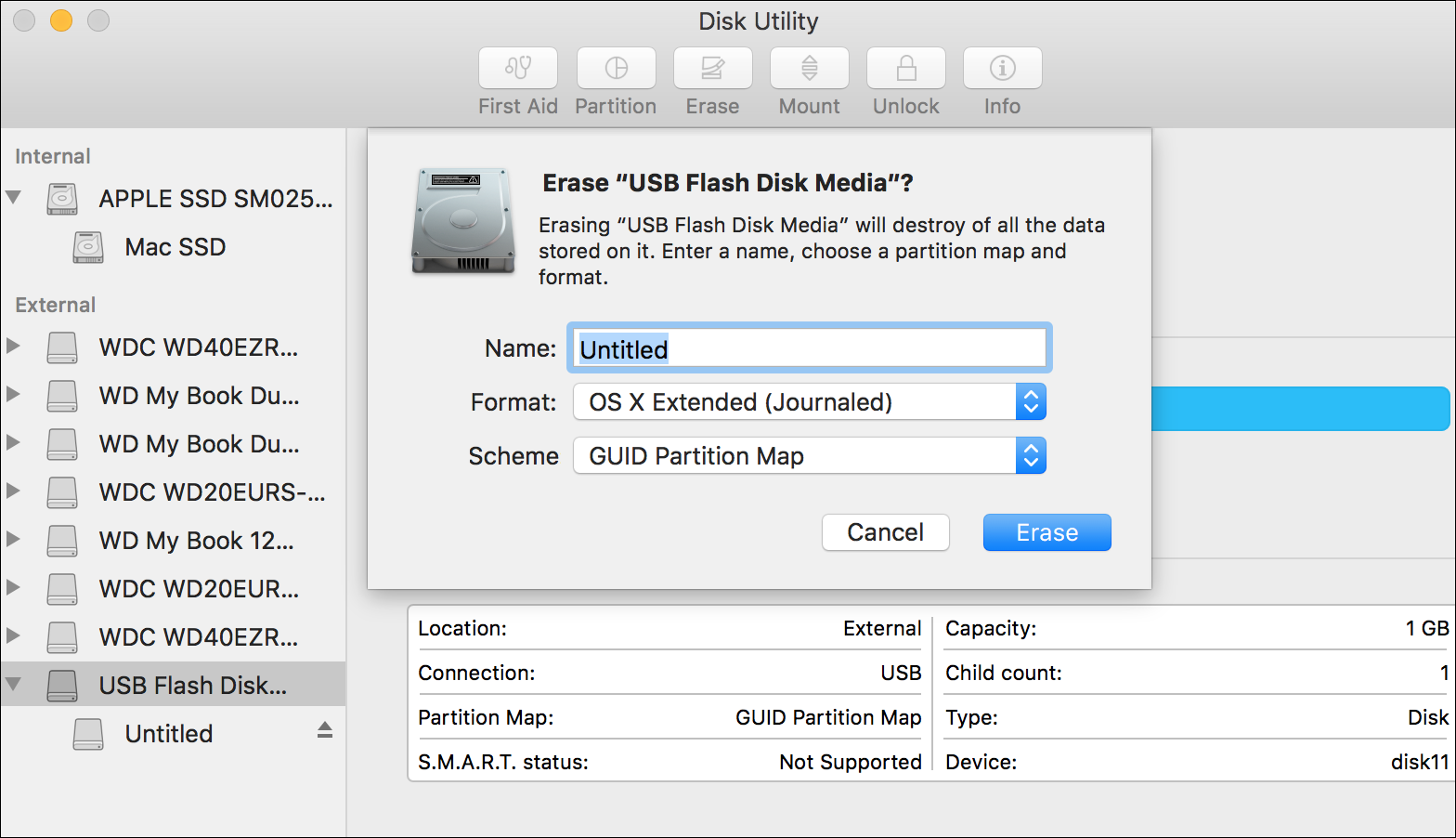

- #HOW TO FORMAT MACBOOK AIR WITHOUT CD HOW TO#
- #HOW TO FORMAT MACBOOK AIR WITHOUT CD INSTALL#
- #HOW TO FORMAT MACBOOK AIR WITHOUT CD UPDATE#
- #HOW TO FORMAT MACBOOK AIR WITHOUT CD PRO#
I highly recommend you also create multiple partitions.
#HOW TO FORMAT MACBOOK AIR WITHOUT CD PRO#
Pro tip: If your external drive has a large volume, like mine – a 2TB Seagate Expansion. The operation will erase all data and your files will be gone for good. Important note: If you have useful files stored on the external drive, be sure to copy or transfer them to another safe place prior to formatting. Just follow this easy step-by-step guide and you’re all set.

#HOW TO FORMAT MACBOOK AIR WITHOUT CD HOW TO#
In this post, I’m going to show you how to format your external drive for a Mac-compatible file system i.e. Apple Mac machines support a different file system. That’s all because it’s been initialized with Windows NT File System (NTFS), which is primarily for PCs. But somehow, macOS doesn’t allow you to write data to the drive.
#HOW TO FORMAT MACBOOK AIR WITHOUT CD INSTALL#
You can then format the drive, and then go back to the Recovery menu and install macOS Monterey.So, you just bought a new external hard drive or a portable SSD and wanted to use it on your Mac. If you want to erase your disk first to do a clean install, quit the installer and run Disk Utility from the Recovery menu. After selecting it, your system will boot off your USB drive and enter macOS Recovery with the macOS Monterey installer appearing on your screen. You should now see an option to select your USB drive as a startup disk. To boot an M1 or Apple silicon Mac using a bootable USB disk, power on the system or restart it if it's already on, and keep the Power button pressed down. Power on the system, or restart it if it's already on, and immediately press and hold the Option (Alt) key when it starts booting.


Simply plug your created USB drive into an open USB port on your Mac. There are two different methods to boot your Mac from a bootable USB, depending on which processor your Mac has. This will come in handy for fixing the "macOS could not be installed" error. You can boot from your USB drive and not have to download the macOS installer again. Now if you find yourself in a sticky situation where your Mac isn't booting, or you want to do a fresh install of macOS, you have a solution. Related: Is Your Mac Running Slow? Simple Tips to Speed It Up This almost always results in a Mac running faster after a clean install, since macOS has started over with a clean slate. Another benefit of using a bootable disk for a macOS installation is that you can perform a clean install.Ī clean install allows you to get rid of junk apps and files that may have accumulated over time. These include regaining access to a Mac that refuses to boot or recover files that seem to be lost. You can also use the built-in recovery tools that come with the macOS installer to troubleshoot and fix different kinds of issues. This can save quite a bit of time, considering the most versions of macOS have an installer size of 12GB.
#HOW TO FORMAT MACBOOK AIR WITHOUT CD UPDATE#
Why Would You Need to Install macOS From a USB?Ĭreating a bootable USB drive and using it to reinstall to macOS is a bit of a lengthier process as opposed to simply updating macOS from the Software Update section of the System Preferences, but it has its benefits.Ĭreating a bootable USB disk allows you to install or update macOS on multiple systems without having to download the installer on each Mac. But did you know that you can also create a bootable USB drive to install macOS from? This will let you boot your Mac from a different source if it won't work normally, and makes installs on multiple machines easy. As you may know, you can reinstall macOS on your computer via the internet recovery method.


 0 kommentar(er)
0 kommentar(er)
